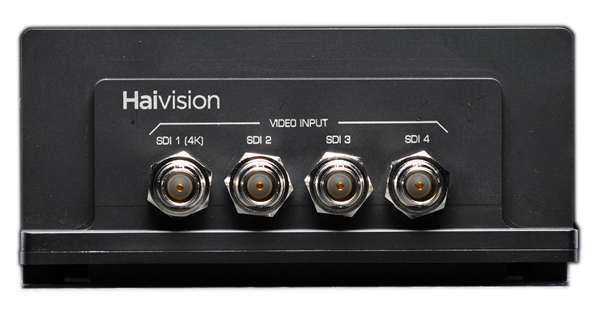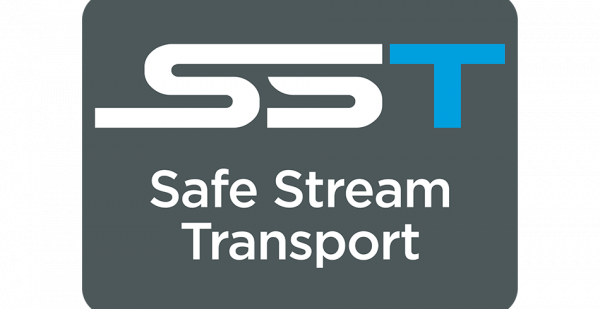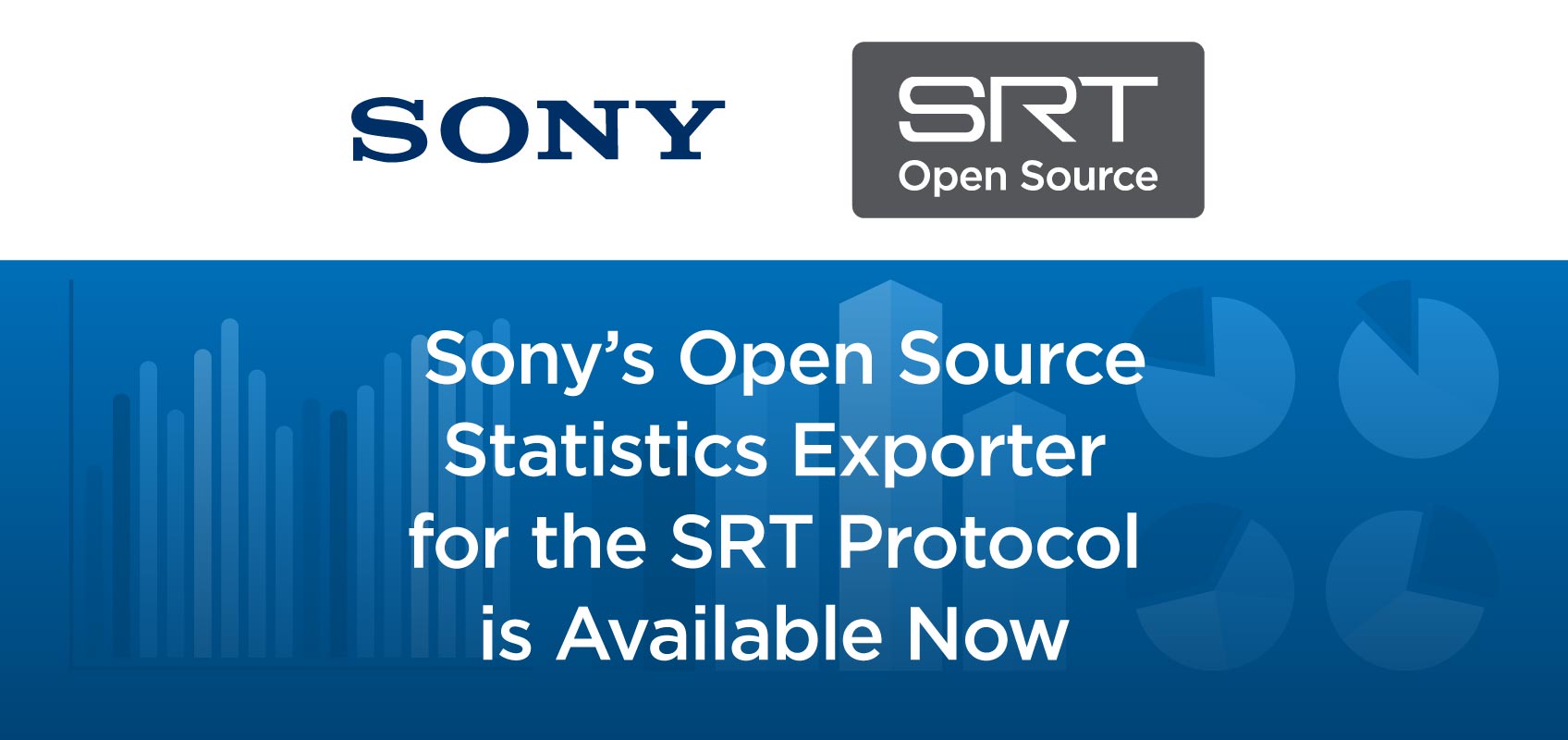SRT, developed and open-sourced by Haivision, is an Emmy® award-winning open-source video transport protocol that optimizes real-time streaming across any network including those that are unpredictable such as the public internet. SRT accounts for packet loss, jitter, and fluctuating bandwidth while maintaining the integrity and quality of video streams and delivering it securely and safely around firewalls.
As an open-source technology, developers continue to contribute to the ever-growing SRT library on GitHub, with the goal of optimizing SRT for all enabled devices.
Recently, Sony has developed SRT Prometheus Exporter for SRT to help developers easily monitor their SRT statistics. Keep reading to learn how SRT Prometheus Exporter can help with streaming workflows!
What is Sony’s new SRT tool and how it can help you?
Sony’s open-source contribution to the SRT library enables users to export SRT statistics from SRT-enabled solutions for use in Prometheus, an open-source monitoring and alerting tool, and with visualization dashboards like Grafana. This gives developers an easy and clear way to monitor and analyze the performance of all their SRT-enabled products, alerting them to any change in performance to their streams. Users with this new statistics exporter implemented in their SRT devices will have the ability to track when and where any packet loss occurred during the workflow and allows them to easily pinpoint and troubleshoot any problems at the source.
“Monitoring and exploring statistics is important for the optimization of cloud deployments,” said Tomoya Fujita, Software Architect/Engineer at R&D Center US Laboratory, Sony. “SRT has become the industry-wide adopted protocol of choice for broadcasters, and we were very happy to provide users with an open-source method of visualizing their SRT statistics on a platform like Prometheus.”
Industry leaders trust and believe in SRT
Ever since making SRT open source in 2017, Haivision has welcomed trailblazers such as Sony to contribute to the SRT protocol library, sharing their innovations with the entire SRT community. SRT’s impact on broadcasting has been felt industry-wide with market leaders such as Sony realizing the potential of SRT and how it enables cloud and IP workflows.
Pablo Hesse, VP of Strategic Initiatives, Haivision, explains, “We are very excited to have Sony contribute their project to the SRT library. SRT has become essential for many decentralized remote workflows where broadcasters have come to rely on a dynamic way to visualize data. We are thrilled to see companies like Sony work with the SRT community to develop applications that enhance broadcasters’ use of SRT as the industry continues to evolve.”
Innovations like Sony’s offering continues to optimize the decentralized remote productions that broadcasters have recently implemented so they can remotely produce, monitor, improve, and present low latency, high-quality video.
The SRT community is made up of passionate developers that are regularly seeking ways to improve SRT and with technology pioneers like Sony continuing to contribute, SRT has solidified its place as the defacto standard for low latency video transport that global companies have come to rely on for their complete broadcast workflows.
For more on Sony’s new tool and to download it for your SRT-enabled devices, please visit GitHub.



























